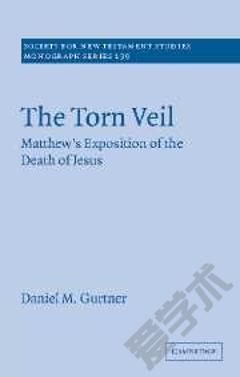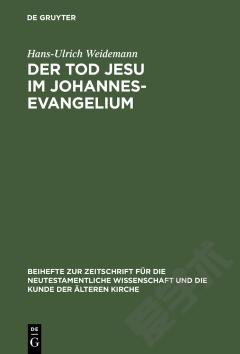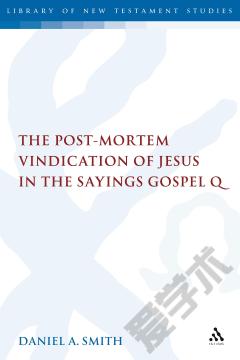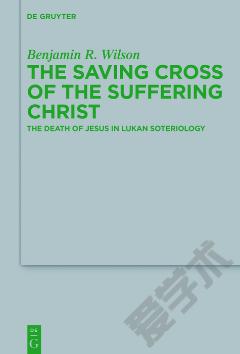The Death of Jesus in Matthew: Innocent Blood and the End of Exile
In this book, Catherine Sider Hamilton introduces a new lens through which to view the death of Jesus in Matthew. Using the concept of 'innocent blood', she situates the death of Jesus within a paradigm of purity and pollution, one that was central in the Hebrew Scriptures and early Judaism from the Second Temple to the rabbis. Hamilton traces the theme of innocent blood in Matthew's narrative in relation to two Jewish traditions of interpretation, one (in Second Temple literature) reflecting on the story of Cain and Abel; the other (chiefly in rabbinic literature) on the blood of Zechariah. 'Innocent blood' yields a vision that resists the dichotomies (intra muros vs extra muros, rejection vs redemption) that have characterized the debate, a vision in which both judgment and redemption - an end of exile - may be true. 'Innocent blood' offers a new approach not only to the meaning of Jesus' death in Matthew but also to the vexed question of the Gospel's attitude toward contemporary Judaism.
{{comment.content}}








 京公网安备 11010802027623号
京公网安备 11010802027623号